I came across my question while practicing an (admittedly simple) LeetCode problem. However, my real question is about Python, not the answer to the problem itself. You'll see the full problem statement below, after which I explain my approach, contrast it with the actual solution, and then (finally) ask my question.
LeetCode Problem: Delete Node in Linked List
Problem:
Write a function to delete a node (except the tail) in a singly linked list, given only access to that node.
Given linked list -- head = [4,5,1,9], which looks like following:

Example 1:
Input: head = [4,5,1,9], node = 5
Output: [4,1,9]
Explanation: You are given the second node with value 5, the linked list should become 4 -> 1 -> 9 after calling your function.
Example 2:
Input: head = [4,5,1,9], node = 1
Output: [4,5,9]
Explanation: You are given the third node with value 1, the linked list should become 4 -> 5 -> 9 after calling your function.
Note:
- The linked list will have at least two elements.
- All of the nodes' values will be unique.
- The given node will not be the tail and it will always be a valid node of the linked list.
- Do not return anything from your function.
My Approach:
I fired off a quick answer (which was sub optimal at O(n), but that's not the point) where I reassign the values of the deleted node and all nodes to it's right by shifting them all one unit to the left. In this example, a bracketed node will be reassigned next:
4->[5]->1->9->Nonebecomes4->1->[1]->9->None, then4->1->9->[9]->None, and finally4->1->9->None.
Or at least, that's what I expected from the code I wrote below.
# Definition for singly-linked list.
# class ListNode:
# def __init__(self, x):
# self.val = x
# self.next = None
class Solution:
def deleteNode(self, node):
while node != None:
node = node.next
what surprised me about this answer was that the input linked list was exactly the same as the output linked list. Here's a screenshot of the output:
The Actual Solution:
The solution , with a complexity of O(1), is shown below with corresponding (correct) output.
class Solution:
def deleteNode(self, node):
node.val = node.next.val
node.next = node.next.next
My Question:
Why is it that node.val = node.next.val and node.next = node.next.next modifiy the node of the linked list "in place", while reassigning node in node = node.next has no effect on the object node references?

